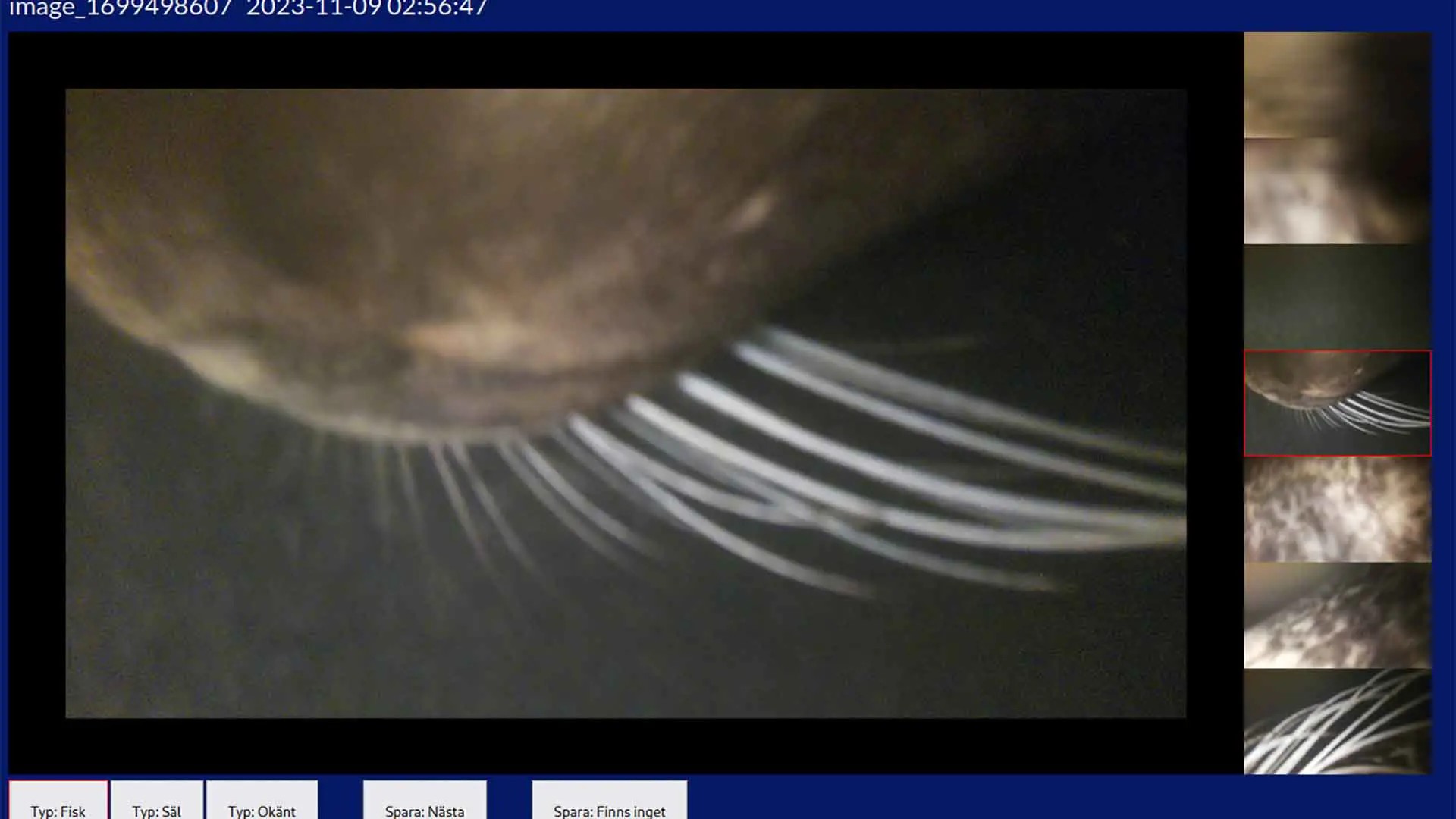
Researchers at Chalmers, the University of Gothenburg,and Swedish University of Agricultural Sciences are launching an underwater version of ‘slow TV', appropriately named ‘Fish TV’. In live video streams from a depth of 30 metres, anyone who wants to will be able to get a unique insight into the lives of a wide array of underwater organisms, and study things like curiosity and social interactions among fish. People will also be able to participate in the research, through citizen science, the public will help train AI to read fish interactions.
"Fish-tv" is a collaboration between researchers at Chalmers, the University of Gothenburg and Swedish University of Agricultural Sciences, SLU, and will be available to the public via the website fisktv.se. On the site, users can watch a live-streamed video showing the life of fish, and other underwater organisms at a depth of 30 metres, and will include information such as temperature and salinity.
Note!
09-27 2024
The Fish TV broadcast is down at the moment. Troubleshooting is ongoing and hopefully it will be back soon.
The broadcast is sent from underwater observatories, constructed at Chalmers, via a network cable to the surface and on to the web. At present, the depth of the sea is displayed outside the University of Gothenburg's marine station on Bornö, with plans to add more locations as time goes on.
Ola Benderius is an associate professor at the Department of Mechanics and Maritime Sciences, and the person who has been in charge of both designing the underwater observatories and launching them.
"We want to give the public the opportunity to see what is happening under the surface, a world that is far more complex than most people realise" he says. “The curiosity and social structures of fish are very interesting to follow closely. The fact that we can then also use the public to teach an AI to better understand the world of fish is a great bonus.”
With this initiative, the researchers at Chalmers hope to build new technical solutions that will help us better understand the oceans and their amazing inhabitants. Anyone can go to fisktv.se and immediately start interpreting the images captured by the observatory. An AI then takes over and draws more general conclusions. The results of the work will be summarised in a research article, which will be available to all those who participated in the work.
The fish-tv initiative is initially a spin-off from activities within the large national research programme Mistra C2B2. It was also within this programme that a first version of the underwater observatory used in the project was demonstrated, in September 2023.
If the results of Chalmers' investment are successful, the next step is to spread fish-tv internationally, partly through observatories set up in other countries with direct access via fisktv.se, but also through simple instructions on how to build your own observatory with simple components, where a regular glass jar is used as a base.

- Associate Professor, Vehicle Engineering and Autonomous Systems, Mechanics and Maritime Sciences